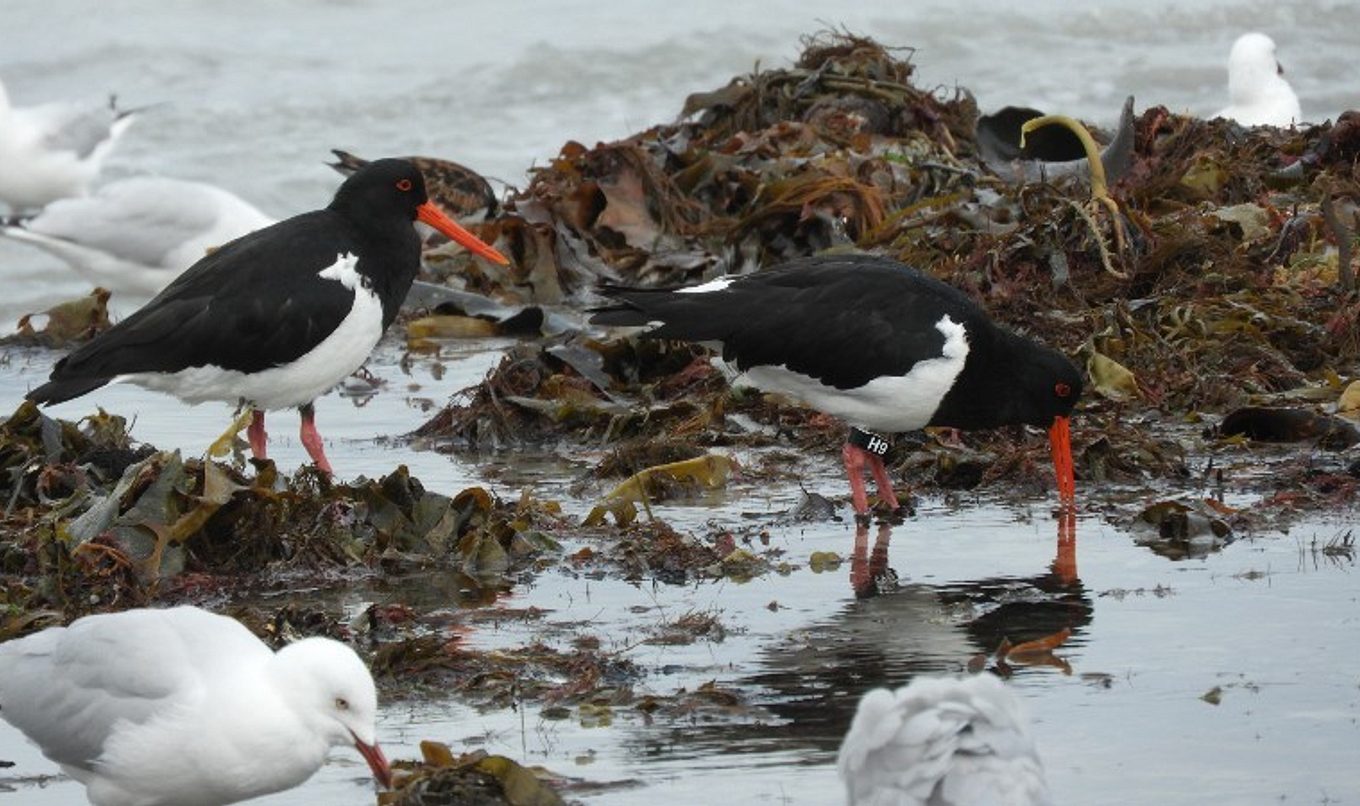Flight of fancy at Canunda National Park as H9 spotted three decades after first sighting
One of the oldest known pied oystercatchers in southern Australia has been sighted just north of Carpenter Rocks in Canunda National Park during volunteer biennial monitoring this week.

Known by its band number, ‘H9’, is more than 32 years old and is still part of a breeding pair, successfully hatching a chick this year.
H9 was first banded by volunteers from the Victorian Wader Study Group when it was at least two years old in 1990 at Barry Beach to the east of Wilsons’ Promontory in Victoria.
Limestone Coast District Ranger Ross Anderson said ongoing monitoring of coastal bird populations by the Friends of Shorebirds SE volunteer group had been highly valuable in contributing to National Parks and Wildlife Service South Australia’s (NPWSSA) understanding of these species.
He said it was very important that visitors avoided driving on beaches during the breeding season, which ran from mid-November to February.
“Unfortunately the nests and chicks are subject to a number of threats such as predation by foxes, disturbance by dogs and use of vehicles on the beach,” he said.
“Chicks have been known to use vehicle tracks to get cover from wind on beaches making them more susceptible to being run over.
“If you do drive on a beach keep to the wet sand and do not drive above the high tide water mark, or in coastal vegetation on the foredunes, where birds may nest. Also while driving ensure you take care to go slowly and keep an eye out for chicks and eggs.
“It’s also important for dogs to be left at home when visiting national parks and conservation parks and kept on a lead at beaches where they are allowed.”
Ross said it was difficult to distinguish whether a pied oystercatcher was a male or female, with both of equal size and colouring, which is why H9’s sex was unknown.
“It’s quite common for resident birds, such as pied oystercatchers, to move some distance until they find a territory they decide to stay in,” he said.
“Pied oystercatchers are territorial during their breeding season, but then during autumn they will gather in large flocks. They do tend to mate for life, but as H9’s partner is untagged it’s assumed to be the same bird but this is unknown.
“I have personally seen H9 a number of times during the past 10 years when undertaking bird surveys from Carpenter Rocks to Southend. It has been known to inhabit this area since as early as 1999.”

